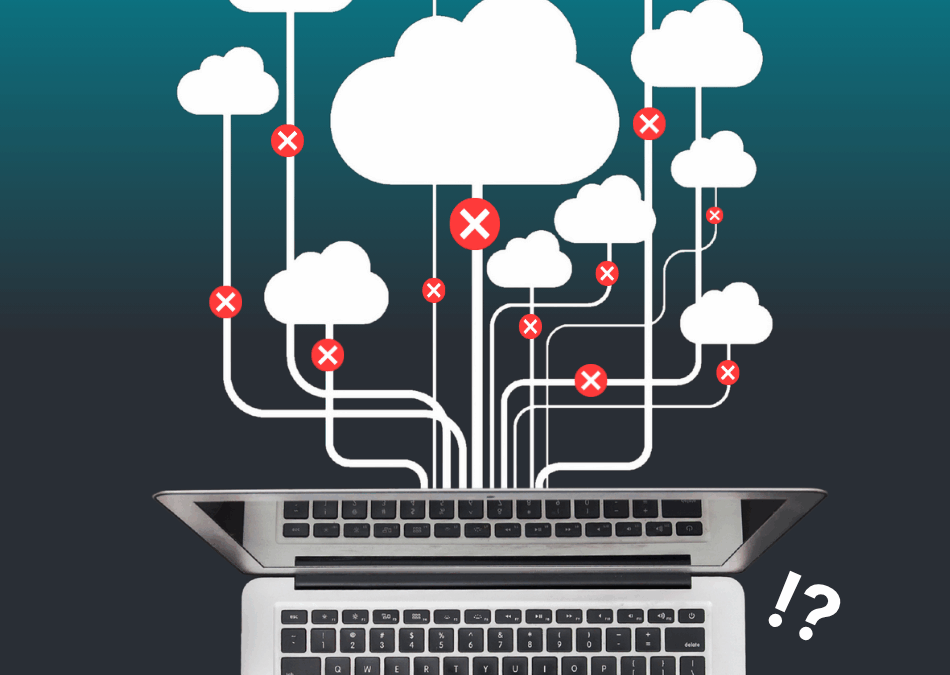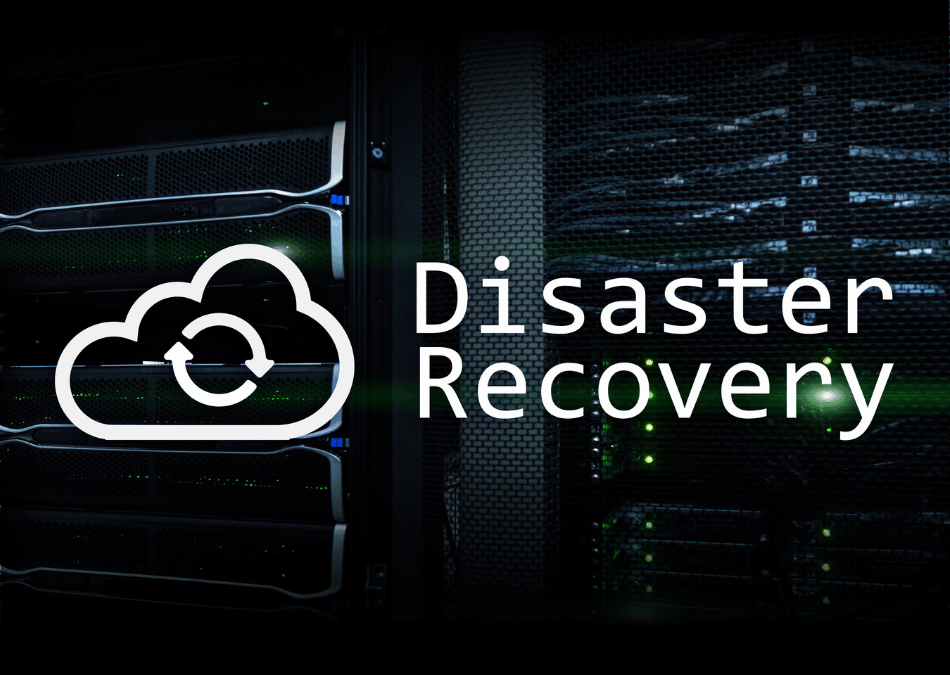Home office: When Covid-19 burst onto the world stage in March 2020, attention to employee home offices suddenly shot through the roof. With the entire or large parts of the workforce working from home, IT departments were in dire need of keeping up with developments in IT. And outside their internal networks.
It is not always so easy to help a colleague in need, who is calling the IT department from home and complaining of low response times and performance issues. And it does not exactly make things any easier if you have 4,000 employees who have had to switch from working at the office to working from home practically overnight.
In this connection, several PerformanceGuard customers across the Nordic region have rated highly the possibility to use the tool that makes it possible for them to analyze performance data daily. When Covid-19 sent employees behind the screens home, having all history sorted became extra important to IT departments. This namely makes it possible for them to see the consequences of the major changes in IT operations, both before and after the corona crisis caused a radical upheaval of the way IT is used.
“My experience is that companies have wanted to make sure their employees were able to work from home with the same level of functionality as when they were at the office. Analysis of performance data has been vital in this transformation,” explains Fredrik Idréus from Solvenda in Sweden, who works daily in the field with PerformanceGuard.
Lars Olsen, consultant at CapaSystems, who has had the exact same experience here in Denmark, backs Fredrik.
“Several companies discovered, for example, that their VPN environment was not ready to handle the volumes that were suddenly needed overnight. And when users experienced downtime, PerformanceGuard was able to point towards the company’s VPN, which was where they were supposed to take a closer look,” explains Lars Olsen.
And one of PerformanceGuard’s greatest strengths is exactly in indicating where the IT department should look after bottlenecks.
Whether the problem is in:
- an individual application that is acting up
- a network that is not properly configured
- a VPN solution that is not designed for more intensive use
- poor private Internet connection
“To, e.g. visualise data from selected business-critical applications, you need to set up dashboards in PerformanceGuard. Figuring out the big picture is easy if you are following the dashboards — and there is, after all, no reason to work blindfolded. In particular, when your employees are busy at home, trying to keep the wheels rolling,” continues Lars Olsen and explains that it is exactly the fact that PerformanceGuard displays history what gives the solution additional strength.
“It is a strength indeed to gain an insight into how the operations were working before and after such a big change. And this is also why you can use PerformanceGuard to decide if you should outsource parts of your IT, as this makes it possible to constantly follow whether what you were promised at the time of contract formation is actually delivered.
The home office has come here to stay
A rather entertaining article in Computerworld titled “So long, office — I’m never, ever coming back (in the same way)” (written in Danish), confirms that the home office has come here to stay. It says, for example:
“In a study recently conducted by Computerworld in cooperation with the IT job bank, some 1,100 people have answered to questions about their work experience during the corona crisis.
An overwhelming 89 per cent of those employed in the IT industry reply that their work from home has been a positive or very positive experience.
All this despite the fact that 38 per cent have worked much more than usual, and many have been affected by pay cuts, bonus losses and forced holidays.”
The primary issue for IT departments has been to secure the digital working environment at the home office in such a way as to maintain higher productivity, among other things, by visualizing data with before and after measurements. Because the home office has come here to stay to a somewhat greater extent than before Covid-19 became part of our lives. Companies choose to systematise, to some extent, work from home, while some of them also choose to minimize their physical area and number of permanent jobs.


